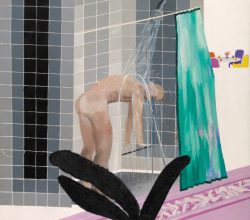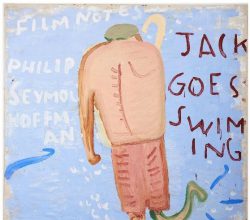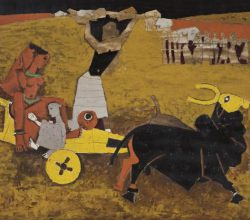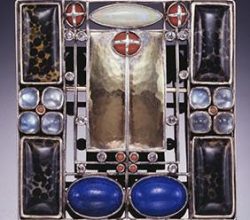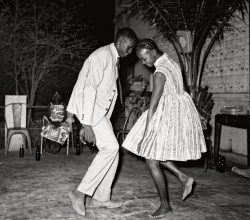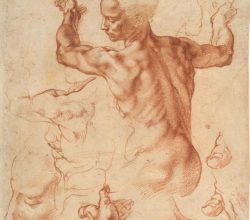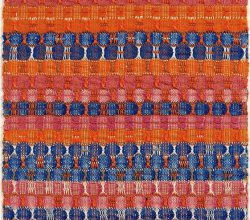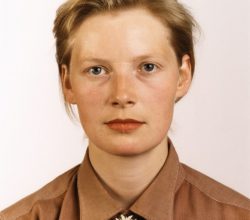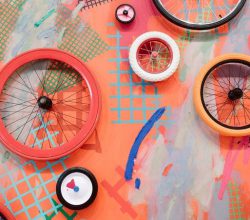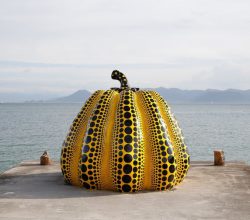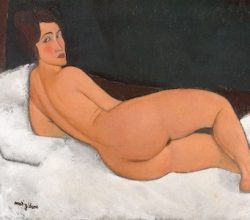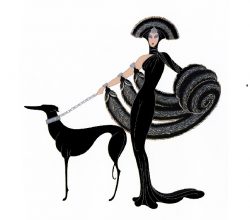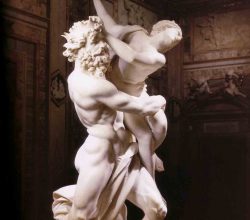
In Rome, Vogue’s Hamish Bowles Investigates the Work of a Baroque Art Genius
Hamish Bowles | Vogue | 16th December 2017
Borghese Gallery has borrowed extensively to supplement its already formidable collection of Bernini’s work and create a “once-in-a-lifetime” survey. It’s a show brimming with “unimaginable treasures”, though none seem likely to outshine his sculptures. They are expressions of genius and quintessentially Baroque – dramatic, full of movement and emotional appeal. A video of the Apollo and Daphne sculpture (5 min) is here.

